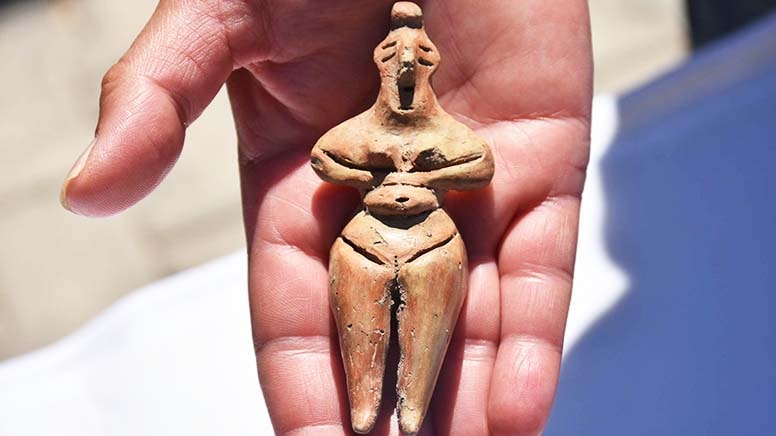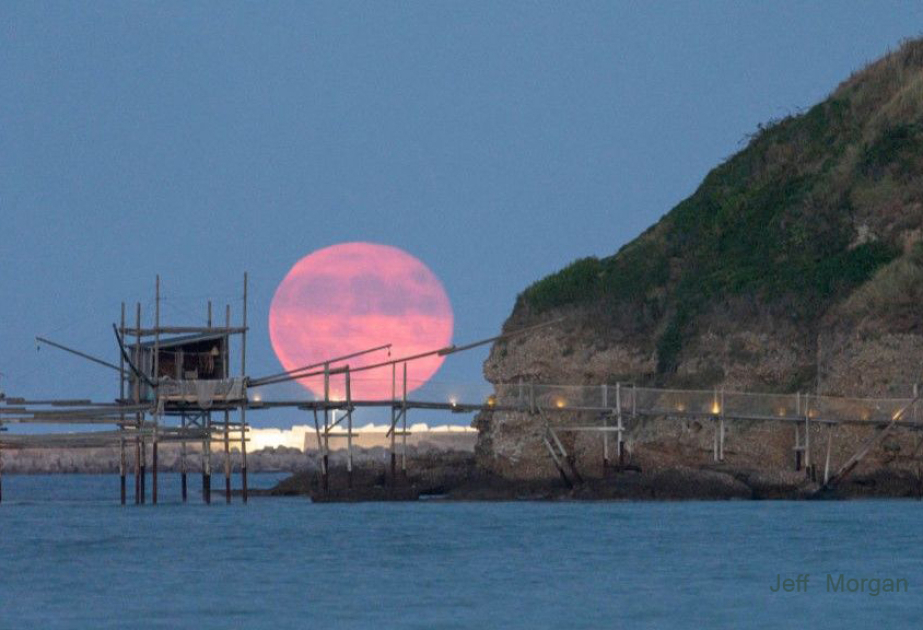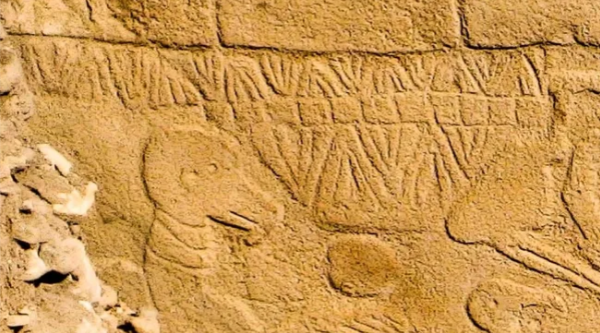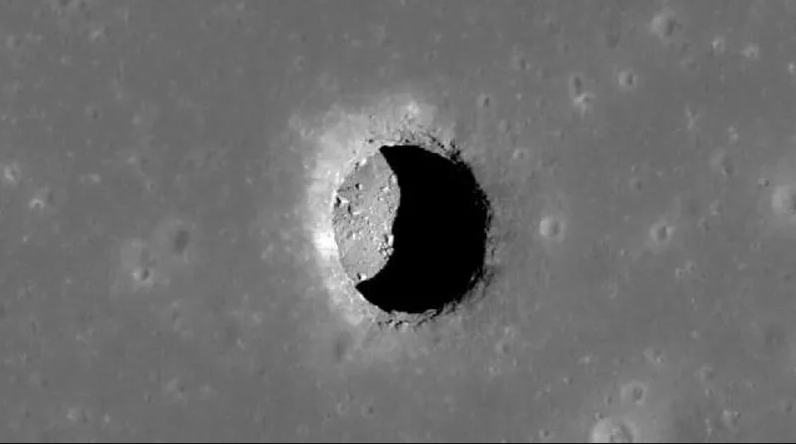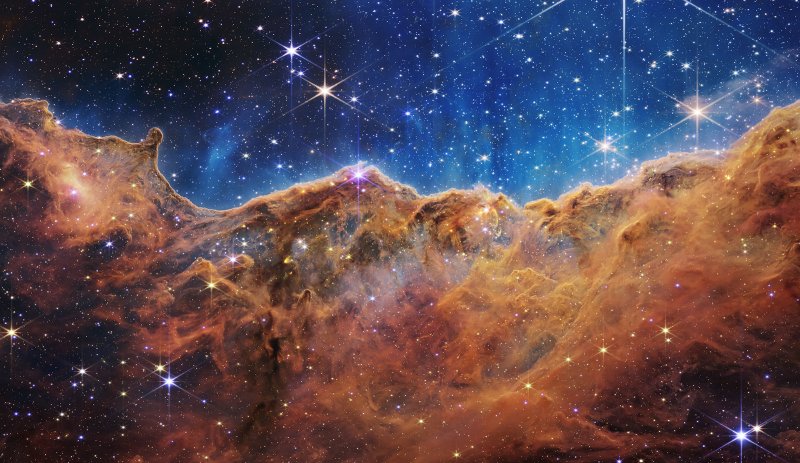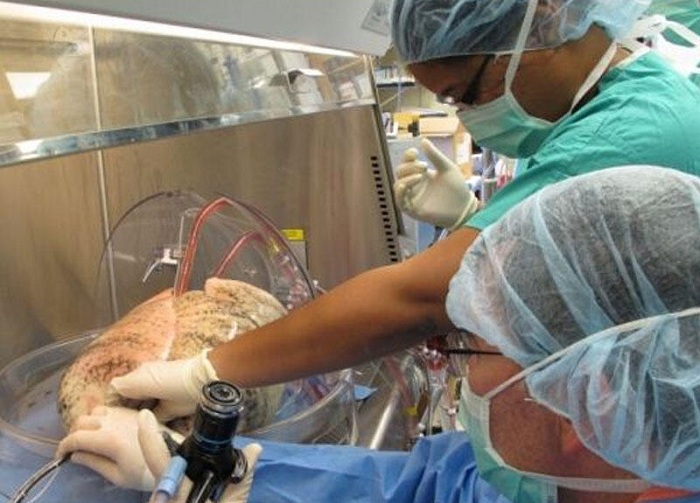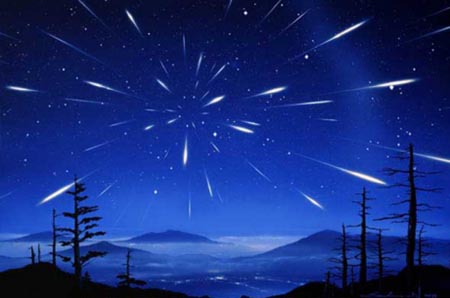
- A-
- A
- A+
Quadrantid meteors on January 3 or 4
The annual Quadrantid shower comes every year at this time. It’s nominally active during the first week of January and best seen from Earth’s northerly latitudes. However, peak activity lasts less than a day, and you need to be on Earth’s night side during the Quadrantids’ short peak. Who will see the shower in 2017? Hard to say. Different sources sometimes list different peak times for meteor showers. For the 2017 Quadrantids, we’re finding some agreement that the peak is due Tuesday, January 3 at 15 hours UTC.
If the peak does occur then, the Americas will have better luck on the morning of January 3. Those in Asia should try the hours after midnight on the morning of January 4.
In 2017, the waxing crescent moon will leave the sky during the evening hours. For all of us, the hours between midnight and dawn (either January 3 or 4) will be best.
The Quadrantid shower has such a narrow peak, lasting for only a few hours. If you miss the peak – which is easy to do – you won’t see many meteors.
But the pay-off can be good! The Quadrantids can match the meteor rates of the better-known August Perseid and December Geminid showers. The shower has been known to produce up to 50-100 or more meteors per hour in a dark sky.
Just know that this meteor shower favors the Northern Hemisphere because its radiant point – the point in the sky from which the meteors appear to radiate – is far to the north on the sky’s dome. So it’s not a globally watched shower, as many are.
If you’re thinking of watching the Quadrantids, do it. Meteor shower peaks are rarely a certainty. It’s nearly always a gamble that a shower will reward you with a good show.
Similar News
Links



 Elm TV
Elm TV
 Photo
Photo
 Video
Video
